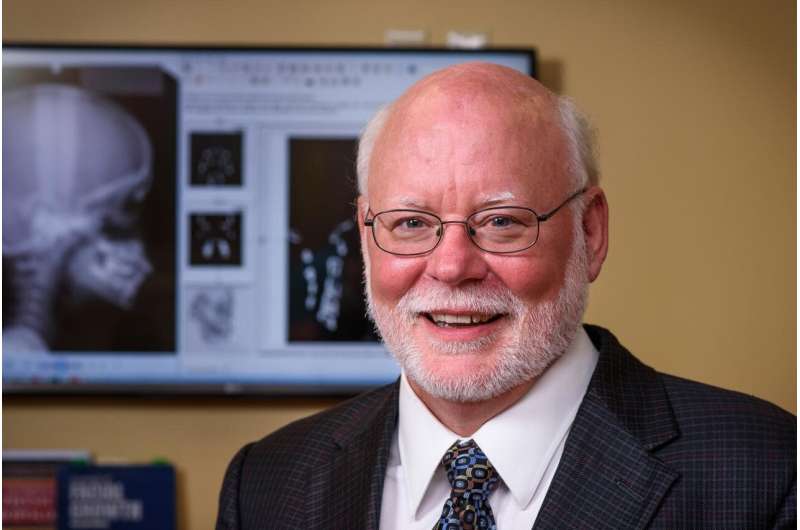Records from six growth studies analyzed to provide milestone data

For the first time ever, craniofacial growth in children can be studied comprehensively using data from six historic adolescent growth studies. Researchers from the University of Missouri School of Medicine analyzed more than 15,000 cranial radiographs from nearly 2,000 participants to create the Craniofacial Growth Consortium Study (CGCS). The mission of the CGCS is to provide translational evidence-based outcomes to help shape critical research and clinical care of patients with craniofacial conditions.
"This study presents an unparalleled opportunity to examine craniofacial growth from childhood into adulthood," said principal investigator Richard Sherwood, Ph.D., professor and Vice Chair of Research of pathology and anatomical sciences and professor of orthopedic surgery. "While the six existing studies have been used for decades to quantify and describe growth, there has never been a detailed comparison of the growth trajectories among the studies."
Sherwood said the combined dataset provides a unique opportunity for detailed investigation of craniofacial growth. The ultimate goals of the research is to develop individualized predictions of future growth for use by clinicians to optimize treatment timing.
Researchers collected data from multiple radiographs for each child, taking care to ensure reliable accuracy. After analyzing all of the images in each of the studies, researchers used a powerful Bayesian longitudinal statistical approach to model growth curves for craniofacial measures and estimate growth milestones. Those milestones include the age of peak growth velocity and the age of cessation of growth within each of the six studies
"We were pleasantly surprised by the considerable consistency among the six studies," Sherwood said. "There was great similarity regarding growth milestone estimates and the overall shape of the growth curve. These similarities suggest there is only minor variation among studies resulting from differences in protocol, sample or geographic origin."
Because there is no systematic difference between growth of the six original studies, Sherwood is confident that the data can be combined and analyzed as a single collection.
"The CGCS gives us a better representation of normal variation in craniofacial growth than we have ever had," Sherwood said. "Our next step is to develop prediction models that will be useful to clinicians in developing treatment regimens."
More information: Richard J. Sherwood et al, Bayesian approach to longitudinal craniofacial growth: The Craniofacial Growth Consortium Study, The Anatomical Record (2020). DOI: 10.1002/ar.24520




















